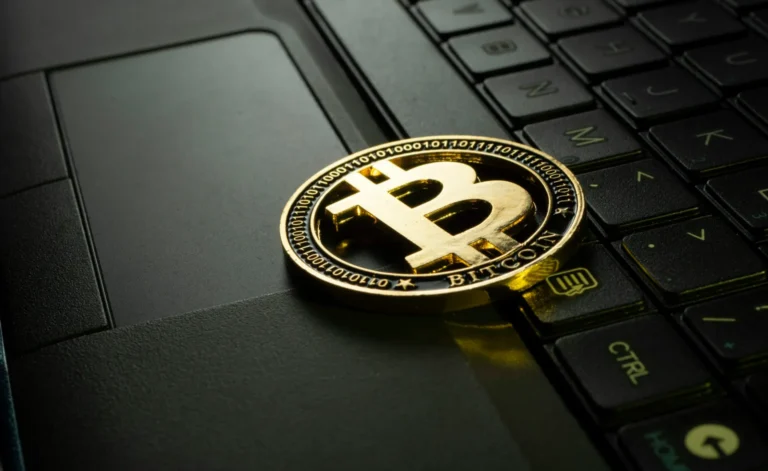
The price of Bitcoin (BTC) has always been subject to fluctuations. It rises and falls like any other stock or asset. However, recent trends reveal that Bitcoin’s upward movements have been far more pronounced than its occasional dips. Crypto enthusiasts, in particular, are reveling in what feels like their own version of the Roaring Twenties—a period of economic exuberance following a challenging era.
A Renewed Crypto Boom
Just two years after the start of a bearish market, Bitcoin holders and crypto advocates are watching their portfolios swell. Digital wallets are brimming with optimism as token values soar.
As decentralized finance maximalists celebrate their growing fortunes, a significant wildcard emerges: the incoming U.S. President, Donald Trump. Speculation about his second term has fueled conversations about how the crypto landscape might evolve under his leadership.
Speculation on Trump’s Crypto Stance
While nothing is certain, Trump’s outspoken support for digital assets offers hope for the industry. A notable quote from July, where he hinted at creating a “strategic national Bitcoin reserve,” has sparked rumors of Bitcoin potentially becoming legal tender in the U.S. Though purely speculative at this point, such statements bolster the momentum of an industry already gaining traction over the past year.
Realistically, mainstream crypto adoption may not occur immediately following Trump’s inauguration—or even within his first year in office. However, tangible progress in areas like real-world asset tokenization, spot Bitcoin ETFs, and the integration of artificial intelligence (AI) into blockchain applications suggests the industry is laying a solid foundation for the future.
Beyond Technology: The Role of Major Brands
While technological advancements are crucial, the path to widespread adoption lies in fostering meaningful partnerships with mainstream brands outside the tech and financial sectors.
Although companies like Nike, Starbucks, and Louis Vuitton previously embraced NFTs during the 2021 hype wave, many of those initiatives fizzled out. To truly integrate crypto into the mainstream, brands need to adopt initiatives that offer lasting value rather than fleeting trends.
Recent developments indicate that this shift is underway. French department store Printemps recently partnered with Binance and fintech firm Lyzi to enable Bitcoin and Ethereum payments across all its locations in France. Similarly, luxury cruise line Virgin Voyages and high-end goods producer S.T. Dupont announced they would begin accepting crypto payments.
Bridging Crypto and Retail
These developments, whether strategic business decisions or PR moves to appear innovative, undeniably push crypto closer to mainstream acceptance. Beyond brick-and-mortar stores, online payment gateways such as PayPal and WooCommerce are enabling seamless crypto transactions, bridging the gap between digital assets and traditional commerce.
One project driving this integration forward is GT Protocol. Using AI agents, GT Protocol is working to connect crypto with mainstream platforms like Amazon, Shein, and Nike. By leveraging blockchain execution technology, the platform envisions a future where AI, crypto, and e-commerce converge to onboard more users into the evolving web4 ecosystem.
The Road Ahead
Partnering with recognizable brands and integrating crypto into everyday consumer experiences could fast-track adoption. If the crypto industry can sustain its current momentum and continue to innovate, we could witness a surge in mainstream brands across various industries embracing digital assets. The future of crypto is not just about price surges but creating meaningful connections with the world beyond finance.





